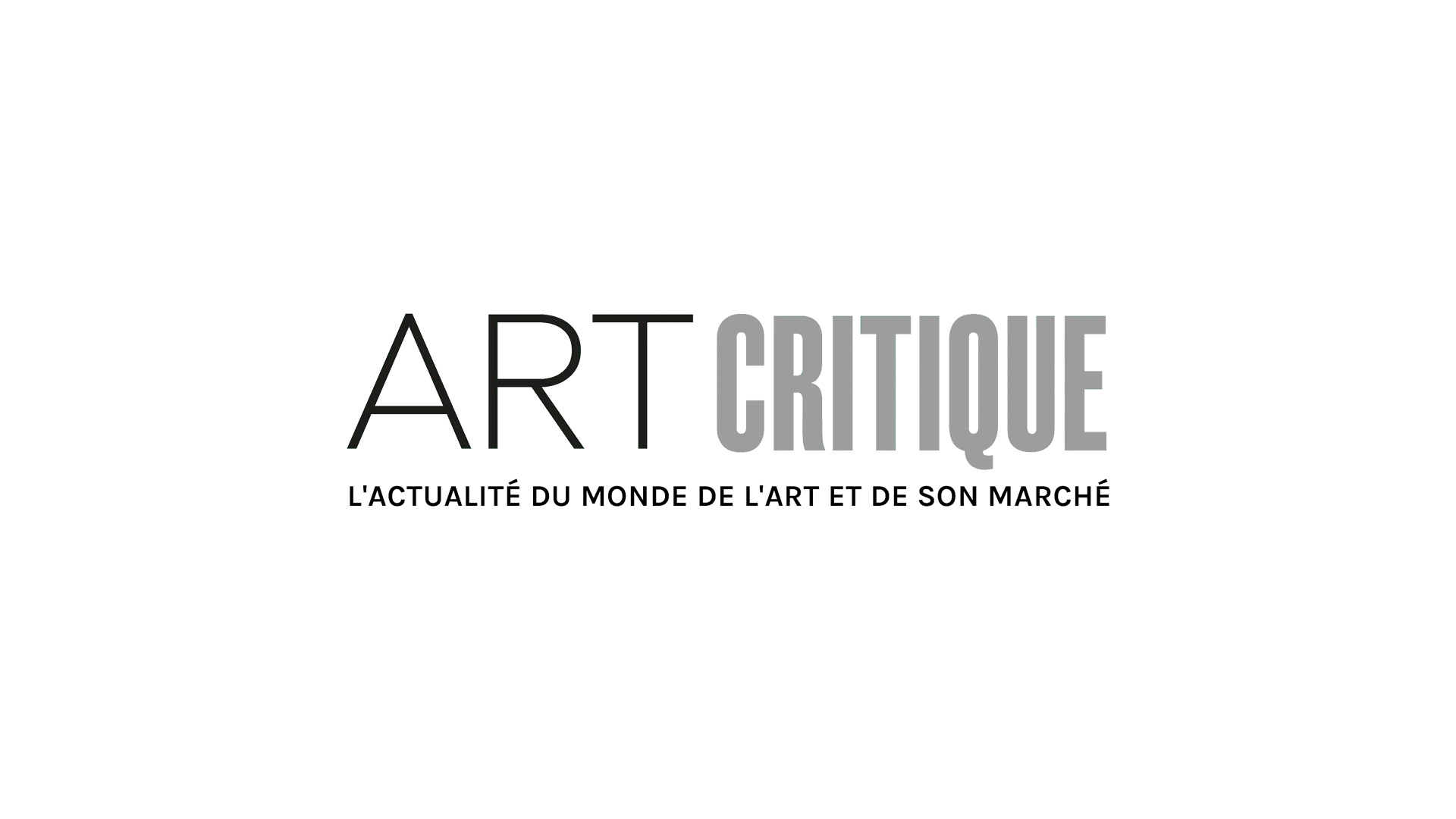Temperatures were high and so was the turnout on June 29th for the opening of MoCo, also known as “Montpellier Contemporain”, a new art centre, or as some call it, the Languedoc region’s art hub. This festive occasion marked the culmination of a journey that was long and difficult. Initially the beautiful Hotel Montcalm, in the heart of Montpellier, was to accommodate a completely different project. The whole concept was the product of the still-active imagination of hot-tempered George Frêche. His idea was to develop a Museum of French History in Algeria (MFHA) that was intended to explore the complexity of 132 years of common history, volens nolens. Extensive collections had been brought together and a scientific council filled with specialists gathered to discuss the project. As one might expect in a city with a large population of North African refugees, the MHFA fueled the debates. The new mayor elected in 2014, Philippe Saurel, a powerful man who was indifferent to established relationships–as is often the case in times of general political crisis–listened calmly to the project’s opponents and, Frêche not being there to defend him, overruled him, angering those who had been working there a long time.
For a time, the fate of Hotel Montcalm seemed uncertain. Then the mayor came up with the idea of a contemporary arts centre bringing together two previously existing institutions: The School of Fine Arts and Nicolas Bourriaud’s “La Panacée”, and a new space intended to host exhibitions and to serve as the launchpad for the network. According to Saurel, MoCo would represent “a better economical asset” than the MHFA, an argument which is not indicative of an acute sense of creative autonomy – but certainly explains why the brand-new public place was designed to be “privatizable” upon request.

Unlike the now defunct MHFA, the MoCo will not showcase any permanent collections. Its purpose is to temporarily host various collections from abroad. That’s the real originality of the institution; to focus its scientific development on the concept of collecting, not only by exhibitions, but also by a research centre involving the University. Consequently, the inauguration featured Japanese entrepreneur Yasuharu Ishikama’s magnificent collection which the first visitors seemed to have found a bit difficult to appreciate.
Certainly, it will take some time for MoCo to find its rightful place in the cultural landscape of an especially dynamic city and, more broadly, on a national and European level. It might prove wiser, while the paint is still fresh, to pay attention to the planning choices that structure the building. Architect Philippe Chiambaretta deliberately rejected all the lavish gestures that the museum designers tend to rely heavily on in order to focus on enhancing MoCo as an historical building. His objective was to create a “re-enchanted hotel”, both on the inside and out. Specific orders have been and will be given to artists, and it’s the garden that will reap the benefits of contributions from the best experts. Bertrand Lavier conceived the layout, with the collaboration of the high-profile landscaper Gilles Clément. In a city where loitering is a regular pastime, this new landmark is sure to arouse curiosity at the very least – which is already, in a sense, makes the whole venture a success.

Photos Michel Pézeril.
This article was originally posted on July 3rd by Alain Rauwel. The original French article can be found here.






